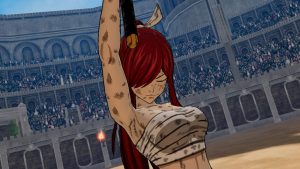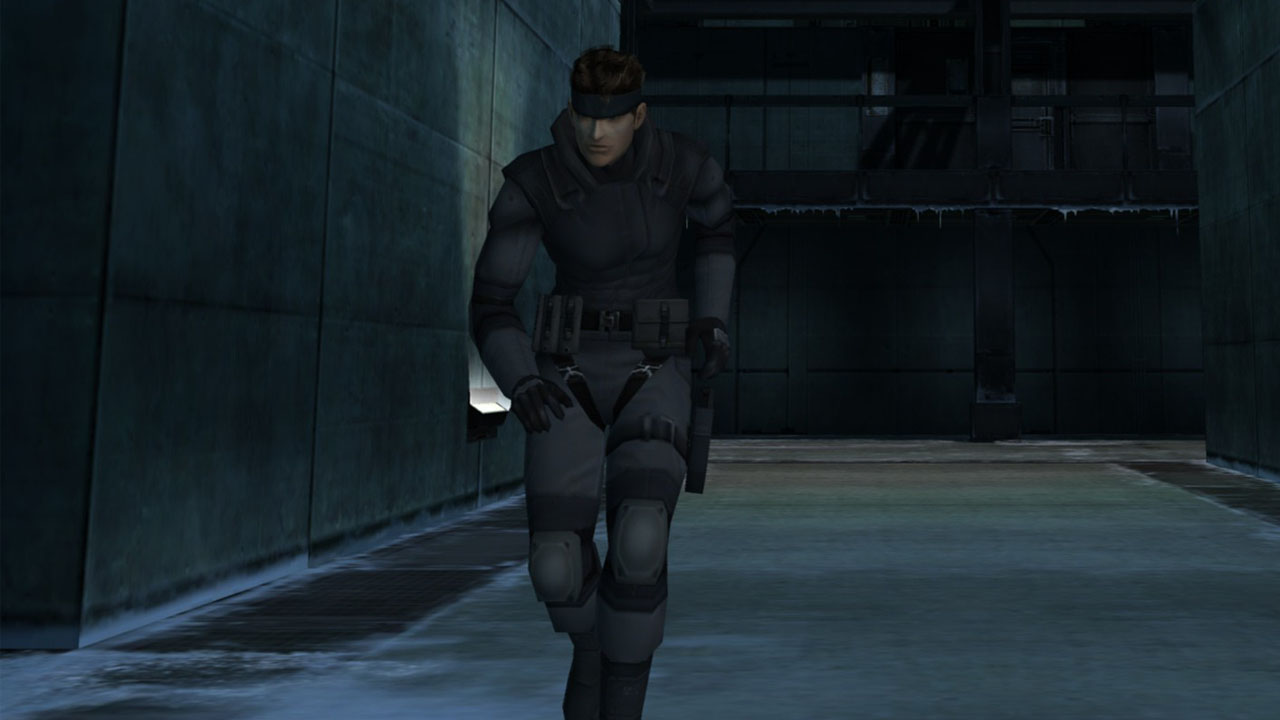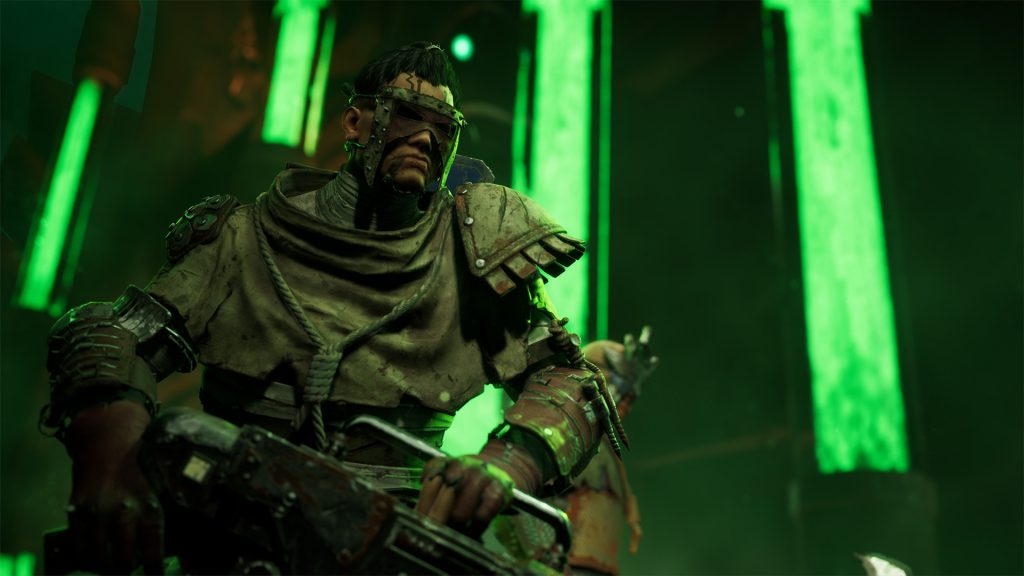

Editor’s Note: Some images have been cropped to better show the UI.
Video games of licensed properties are highly variable in quality, fraught with design philosophy designed to make a quick buck with the name of a popular intellectual property attached. In personal experience, anime based games are usually free of this stigma with Japanese developers managing to make full video game tie-ins that are enjoyable and stand alone.
Shounen anime series lend themselves to video game adaptations, from One Piece: Pirate Warriors to Dragon Ball Z: Budokai. Fairy Tail itself has had at least two fighting games in the past, but drawing on the fantasy roots of the series the new Fairy Tail video game takes a more strategic approach with a turn-based JRPG.
Fairy Tail
Developer: Koei Tecmo Games
Publisher: Koei Tecmo Games
Platforms: Windows PC (Steam), Nintendo Switch (Reviewed), PlayStation 4
Release Date: July 31st, 2020
Players: 1
Price: $59.99

Fairy Tail doesn’t have a beginning. Rather the biggest frustration with this game is that it’s made purely for fans of the series, and makes little attempt to explain the plot. Absolutely no attempt is made to explain at the beginning who is who, or what’s even really going on.
This isn’t necessarily a bad thing, it’s fine for a game developer to know their audience. However Fairy Tail barely even offers any preface to the game’s plot, and throws players into a convoluted narrative and showdown against what can only be assumed to be a major antagonist.
The tutorial even acts like a final boss fight, complete with dramatic monologues but no emotional attachment if you have no idea who anyone is. Fairy Tail fully expects everyone who picks it up to be intimately familiar with the lore of the setting, and the history of its characters. This is particularly annoying, because there’s so many dramatic scenes that offer next to no context.

The issue of getting players up to speed with the plot aside, the game itself has a relatively straightforward goal at the start. Fairy Tail, a guild of wizards, was put into some form of temporal stasis for seven years using powerful magic. The reason for which was the destructive power of an evil creature being unleashed after the tutorial fight.
With seven years having passed, the guild members of Fairy Tail come back to their guild having lost its reputation in their absence. Almost everyone who had been frozen could be considered an ace of the guild, and thus almost all their talent has been missing. With a poor reputation and the bottom ranking on the guild ladder, it’s up to Natsu and his friends to basically rebuild the guild from the ground up.
As the returning heroes build up the Fairy Tail guild to its former glory, a mystery begins to unravel involving old friends and old enemies conspiring against the guild as they attempt to rebuild. On its own, the story is well-written and interesting, but it’s difficult to feel invested when you don’t know the characters.

This title was reviewed on the Nintendo Switch, and with it comes a variety of issues we’ve come to expect from multi-platform titles. Lowered resolution and framerate stutters are constant throughout.
This is a shame because nothing about the game is particularly intense graphically. Models are simple, textures are flat, and that carries into spell effects also. It doesn’t make sense that the Nintendo Switch can’t consistently run Fairy Tail, except in the case it’s poorly optimized for the console.
One thing it’s hard not to talk about when it comes to the game is that a day one censor patch removed panty shots. A mysterious black void now lives under every character’s skirt similar to how it is in Super Smash Bros. This is particularly egregious since the game rightly makes no apologies for the sexualized character designs of the source material, and even includes jiggle physics and swimsuit alternative costumes.
At present it’s unconfirmed if the patch affects Japanese copies as well but it wouldn’t be surprising if those were left alone. Frequently, Koei Tecmo runs afoul of western “core values” and have to either make changes or simply neglect to release games in the west.

Players explore the world around them, taking on sidequests, gathering resources, and investigating quest objectives. Although gathering resources is more of a chore than anything, and largely needed just for optional sidequests. The system of gathering materials might be better off not existing at all, there’s no depth or reason to it except to pad out gameplay.
Combat is deceptively simple; as far as raw numbers go it’s very easy to consistently deal good damage. Each character has spells with areas of effect and ranges. Some abilities will shift enemies on the grid but honestly it’s easier to just kill the enemies with a stronger spell than to try and line up a good shot in the future.
The grid system is a refreshing change of pace from the turn-based slugfest of traditional JRPGs. Although hitting the most targets with an ability is the surefire method to clear fights quick and you can ignore most “additional effects” on abilities. It’s easy to just spam powerful spells as mana (especially early on) feels like an almost unlimited resource.
Monsters also have their own weaknesses and resistances, but they’re not necessary to memorize or think much about. The game happily tells you when selecting a spell if a creature in the fight is weak or resistant to an ability in each character’s repertoire. But fights are easy enough to brute force through without thinking hard about party composition.

The easy combat does fit with how forgiving the game is. A lost fight can be retried multiple times almost immediately without the inconvenience of going back to a previous save state. Fairy Tail uses a constant and convenient autosave feature, completely mitigating any risk when trying to fight difficult enemies.
The combat, while more fun than usual turn-based JRPGs, doesn’t warrant the cost of a full game. Asides from gimmicky scenarios, most side effects of abilities are worthless, and debuffs are easily ignored since they’re all cleared by the same spells.
Money and items can be spent to upgrade the Fairy Tail hideout in order to provide passive buffs. A few of them manage to trivialize combat even further by reducing the damage penalty when attacking with resistant abilities.

Speaking of ease, the menu’s are unnecessarily tedious, and changing gear is a chore. Some quests require you to use specific party members, and having to shuffle gear to remain competitive takes a few extra moments.
This is mitigated by the fact that non-active guild members still receive half the experience of the party during combat. Meaning you don’t have to go back and grind characters you don’t like to succeed.
Nothing manages to stand out musically in Fairy Tail. It’s all background noise for the most part. The combat music and especially the ending theme have this intense folk metal sound, with lots of string instruments which can get players pretty hyped up. This isn’t a bad thing exactly, it’s preferable to music that’s grating or annoying, but calling the soundtrack functional is the most accurate way to phrase it.
The game’s fully voiced Japanese cast is a welcome change of pace however. More often than not when series have been dubbed, fans will be left with the English voice cast and if they’re lucky, an option to change it. Sometimes players aren’t even given that. Forced Japanese audio is much preferable to a forced English dub.

Ultimately, Fairy Tail is a game that only fans of the series will value. The plot and characters are barely explained for those uninitiated to the world of Fairy Tail. As such, only fans will appreciate all the little interactions and side missions, while for others the game will be a slog of irrelevant dialogue.
Fairy Tail manages to be little more than a mediocre JRPG. While definitely worth serious consideration for fans of the series, it is an irrelevant release for everyone else.
Fairy Tail was reviewed on the Nintendo Switch using a personal copy. You can find additional information about Niche Gamer’s review/ethics policy here.




